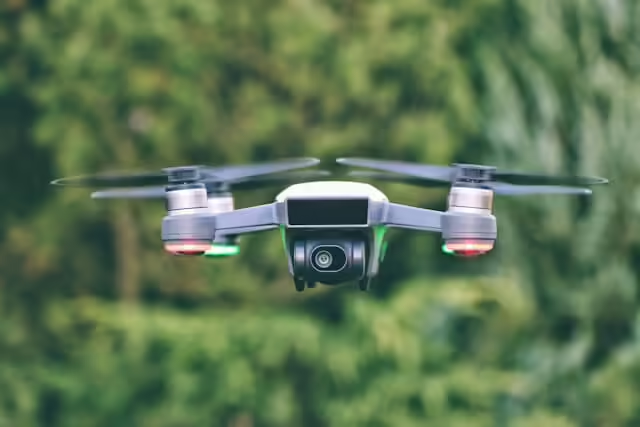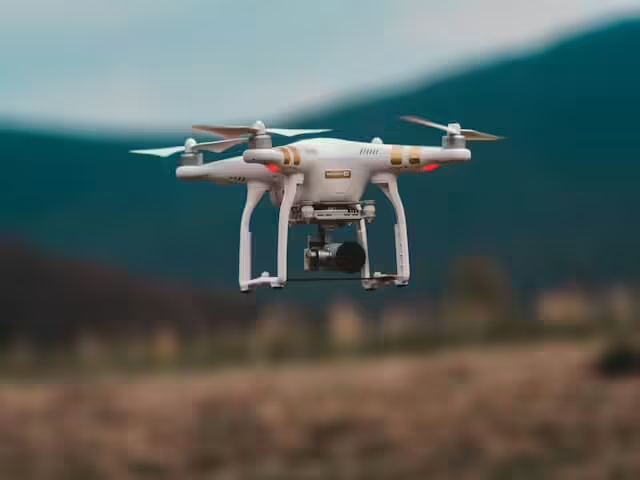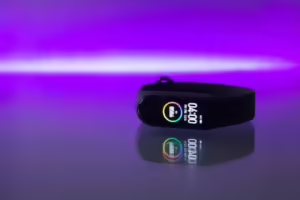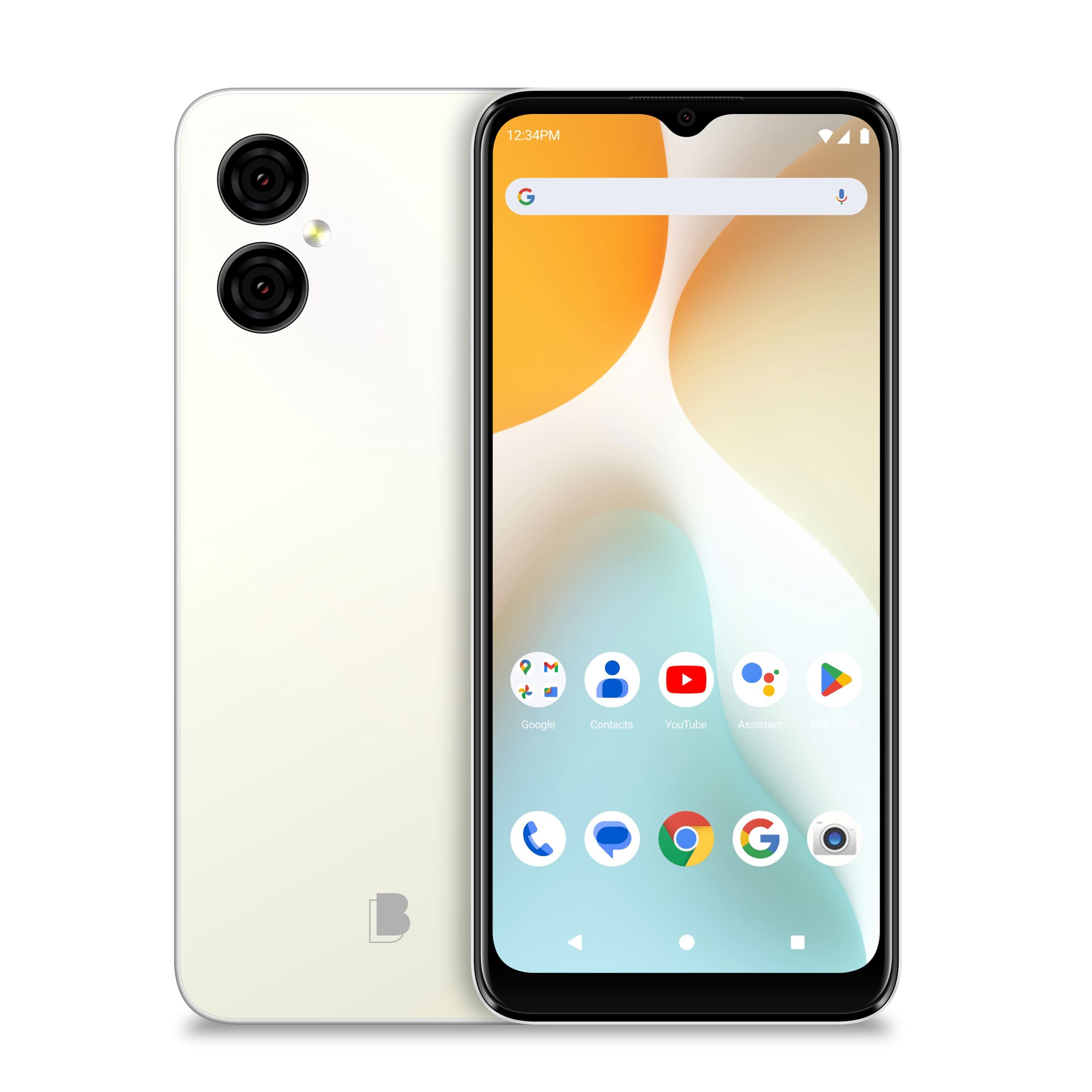The realm of aerial photography and videography has been completely transformed by the introduction of drone camera. These nifty gadgets have skyrocketed in popularity among hobbyists, enthusiasts, and pros, unlocking a whole new world of creative possibilities and breathtaking perspectives.
But before you take the plunge into drone ownership, there’s some groundwork you need to cover. Making the right choice requires careful consideration and a bit of research. So, before you hit that ‘add to cart’ button, let’s dive into what you need to know to make sure you’re making the best choice for your aerial adventures.
Types of Drones
Drones come in various shapes, sizes, and functionalities, catering to different purposes and skill levels. From beginner-friendly quadcopters to advanced hexacopters and octocopters used for professional cinematography, understanding the types of drones available will help you narrow down your options based on your requirements and expertise level.
- Quadcopters:
These are the go-to choice for beginners, featuring four rotor blades for stability and maneuverability. They come in a range of sizes and price points, making them accessible to drone enthusiasts of all backgrounds.
- Hexacopters:
Stepping up the game with six rotor blades, hexacopters offer enhanced stability and lifting capacity. They’re favored by professional photographers and filmmakers for their reliability in challenging conditions.
- Octocopters:
With eight rotor blades, octocopters take stability and payload capacity to the next level. They’re the top choice for demanding aerial cinematography and industrial applications.
- Fixed-Wing Drones:
These drones resemble traditional airplanes, featuring fixed wings and propellers. They’re designed for long-range flights and efficient coverage of large areas, making them ideal for mapping and surveying tasks.
- Mini Drones:
Compact and lightweight, mini drones are perfect for indoor and outdoor use. They’re beginner-friendly and great for honing your piloting skills without breaking the bank.
- FPV (First Person View) Drones:
Get ready for an immersive flying experience with FPV drones. Equipped with live video transmission systems, they allow you to see the world from your drone’s perspective in real time.
- Photography Drones:
Designed for capturing stunning aerial photos and videos, photography drones feature advanced camera systems and intelligent flight modes for creative control.
- Commercial Drones:
Tailored for professional applications such as aerial photography, mapping, and inspection, commercial drones are equipped with specialized sensors and payloads for industry-specific tasks.


Things to Know Before Buying a Drone Camera
- Understanding Your Needs:
First things first, think about what you’ll actually be doing with your drone. Are you all about those landscape shots, capturing your outdoor escapades, or maybe filming some dynamic action shots? Knowing your game plan will help you pick the drone that’s just right for you.
- Ease of Use:
If you’re just starting out, you’ll want a drone that’s easy to fly. Look for ones with simple controls and handy features like one-touch takeoff and landing. Trust us, it’ll make your life a whole lot easier when you’re out there capturing those Insta-worthy moments.
- Stability:
Nobody likes shaky footage, right? Look for drones that can keep things steady even when the wind starts to pick up. Features like altitude hold or GPS assistance will help keep your shots smooth as butter.
- Safety Features:
Safety should always come first, especially for beginners. Look for drones with built-in safety features like propeller guards to prevent accidents and automatic return-to-home functions in case of signal loss. These features not only protect your investment but also ensure the safety of those around you.
- Flight Time and Battery Life:
The last thing you want is to be grounded before you’ve captured all the magic. Keep an eye out for drones with decent flight times and battery life, so you can spend more time in the air and less time waiting around for a recharge.
- Picture Quality:
Of course, you want your shots to look as good as possible. Look for drones with high-resolution cameras and top-notch lenses for those crisp, professional-looking images and videos.
- Affordability:
Good news – you don’t have to break the bank to get your hands on a decent drone. There are plenty of affordable options out there that still pack a punch in terms of quality and performance. So, find one that fits your budget and get ready to take flight
- Accessories and Add-Ons:
You can elevate your drone game with accessories tailored to your needs. From spare batteries and propellers to ND filters and gimbal stabilizers, these extras can enhance your flying experience and take your footage to the next level. Consider your priorities and budget when selecting accessories to complement your drone camera.
- Learning to Fly:
Flying a drone takes practice, so don’t be afraid to start small and work your way up. Take advantage of online tutorials and training courses to hone your skills and become a pro pilot in no time.
- Legal and Safety Considerations:
Operating a drone comes with legal responsibilities and safety precautions. Make sure you know the rules for flying drones in your area. This includes things like where you can fly, if you need to register your drone and privacy laws. Additionally, prioritize safety measures such as proper training, maintaining line of sight during flight, and avoiding prohibited areas to prevent accidents and ensure responsible drone operation.
- Maintenance and Upkeep:
Proper maintenance is essential to prolonging the lifespan of your drone camera and ensuring optimal performance. Regularly inspect and clean your drone, check for any signs of wear or damage, and follow manufacturer guidelines for battery care and storage. Additionally, it’s important to stay in the loop about firmware updates and software enhancements to ensure your drone remains current and operates seamlessly.
Conclusion
To sum it all up, diving into the world of drone ownership offers endless opportunities for creativity and stunning perspectives. But before you make the move, it’s crucial to consider factors like the right type of drone for your needs, how easy it is to use, and the legal stuff.
And here’s the good news: You don’t have to drain your wallet to get started. With Approovl’s flexible financing options, powered by Klarna and Acima, launching into your aerial adventures becomes a breeze without worrying about breaking the bank.
So why wait? Hop over to our website today and browse through our selection of drones. Get ready to take your photography and videography skills to new heights.
FAQs
Can I finance a drone?
Yes, you can. With Approovl, you can purchase your drone without paying the full amount upfront. We offer flexible financing options with no credit check and easy approval.
How do environmental factors affect drone performance?
Environmental factors like wind, temperature, and humidity can impact camera drone performance and image quality during flight. Strong winds can affect the stability of the drone and result in shaky footage, while extreme temperatures and humidity levels may affect battery life and electronic components. Pilots should be aware of these factors and adjust their flight plans accordingly to ensure optimal image quality.
What are the potential privacy concerns associated with drone photography and videography?
Drone photography and videography raise concerns about privacy, as drones can capture images and footage of people, private property, and sensitive locations from the air. Privacy laws and regulations may govern the use of drones for capturing images or videos in public or private spaces, and individuals should respect the privacy rights of others when operating drones.
Are there any restrictions on flying drones in certain airspace?
Airspace restrictions, including no-fly zones and restricted areas, may prohibit or limit drone flights near airports, military installations, government buildings, and other sensitive locations.
What are the best practices for storing and transporting drones to ensure their safety and longevity?
Storing and transporting drones properly is essential to protect them from damage and prolong their lifespan. Best practices include storing drones in a cool, dry place away from direct sunlight, securing them in protective cases during transportation, and removing batteries when not in use to prevent discharge or damage.







